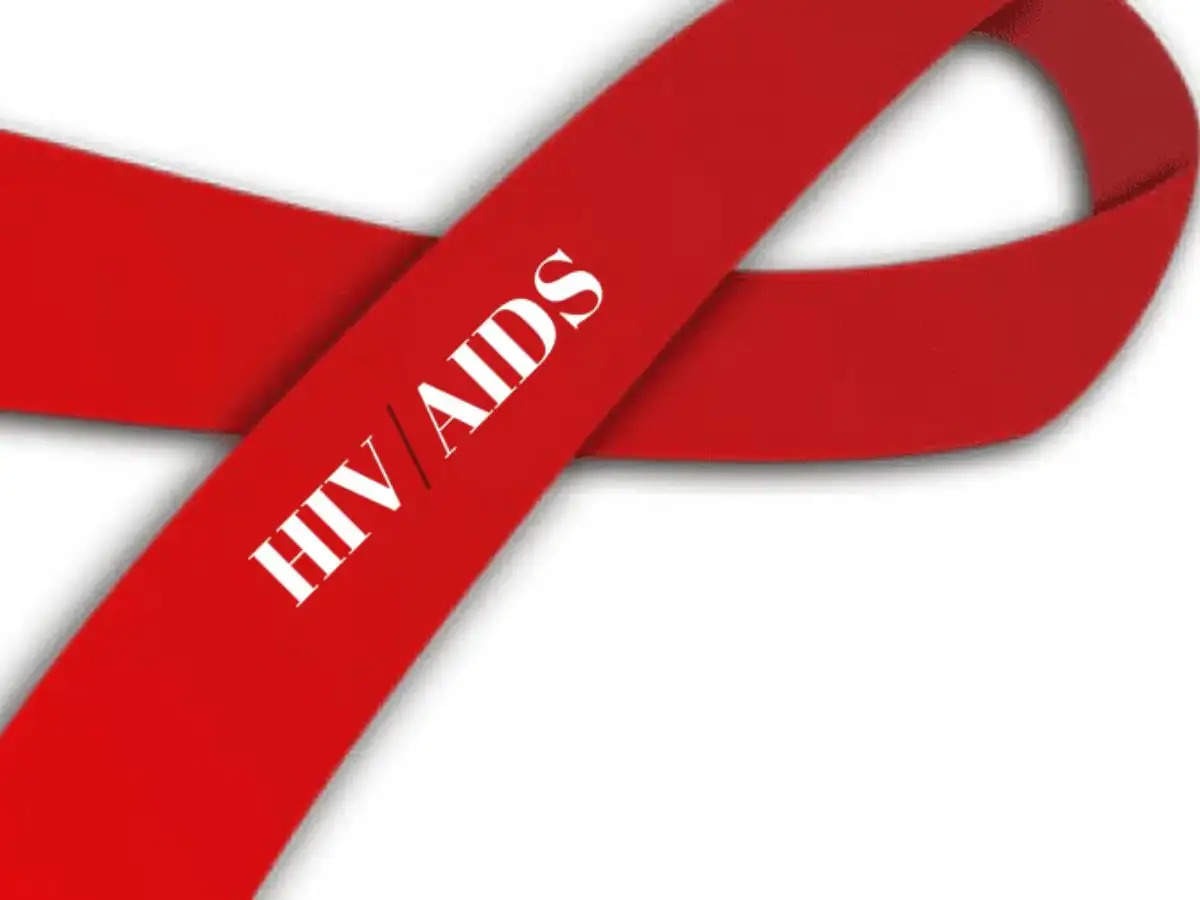There has been a significant decline in HIV (human immunodeficiency virus) infections and HIV-related deaths worldwide. According to a study published in the Lancet HIV journal, HIV infections decreased by 22% and HIV-related deaths decreased by 40%. These figures reflect progress made in the fight against HIV globally, but also warn that the goal of eliminating HIV by 2030 appears difficult to achieve based on current trends.
The study reports that only three-quarters of the 40 million HIV-infected people are currently on treatment. However, global progress has been driven by declining HIV infection rates in sub-Saharan Africa, where the risk of infection has fallen by 60% since 1995. HIV infections are increasing in Central Europe, Eastern Europe and Central Asia.
According to a study conducted in 204 countries and territories from 1990 to 2021, the number of people living with HIV is projected to reach 44.4 million by 2039 and 434 million in 2050. However, at least 1 million people are still becoming infected with HIV every year.
Author of the study Recommend local and global efforts
Strengthening HIV-related health programs. This includes the US President’s Emergency Plan for AIDS Relief (PEPFAR) and the expansion of other preventive services.
Joint commitment to end the HIV epidemic by 2030 Emphasizing the nation’s planning, the study calls for new strategic efforts to reduce HIV incidence and mortality. The study provides global estimates of parameters such as “lifetime probability” of HIV infection and “undetectable viral load” for the first time. Experts believe that this epidemic can be dealt with only by accelerating prevention and treatment programs.

